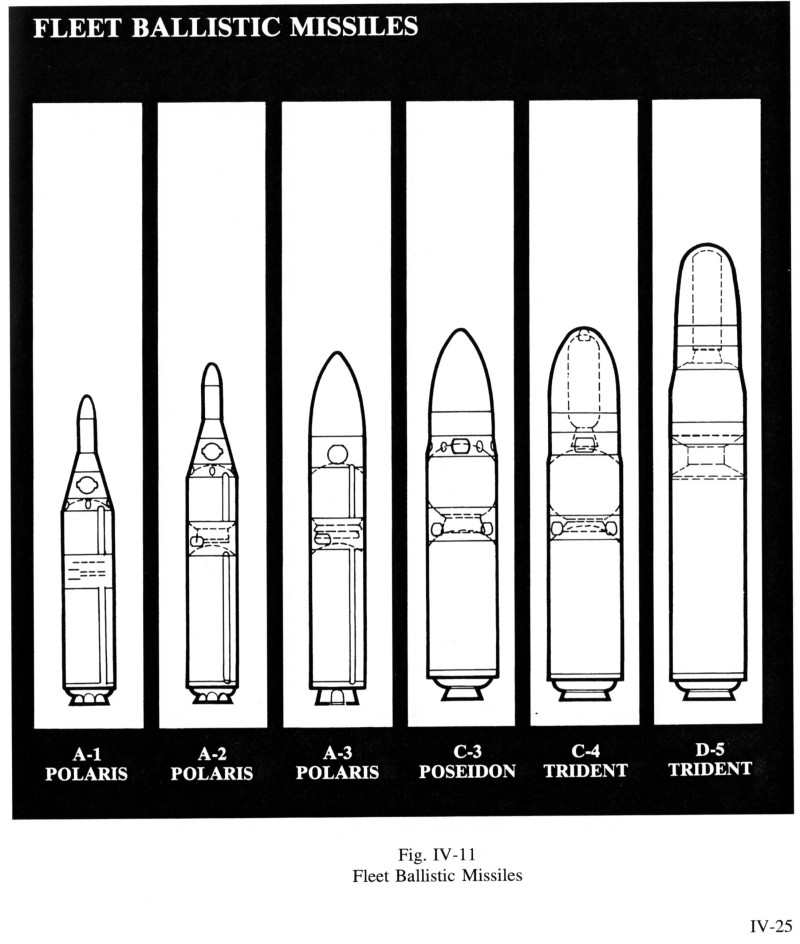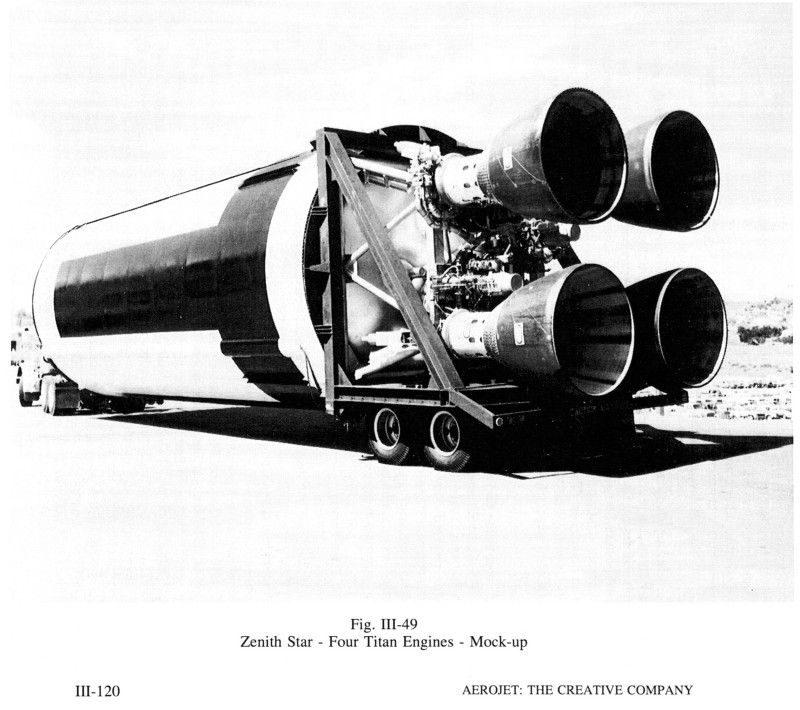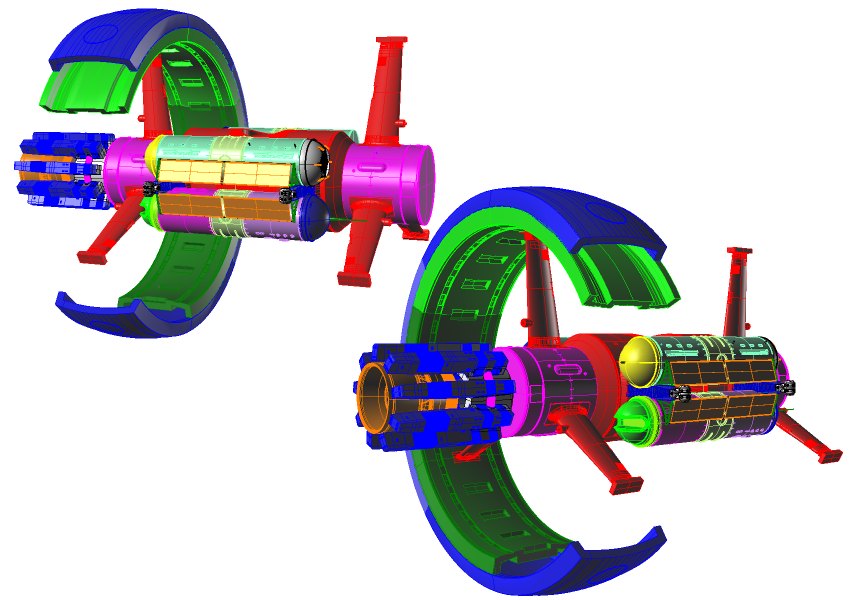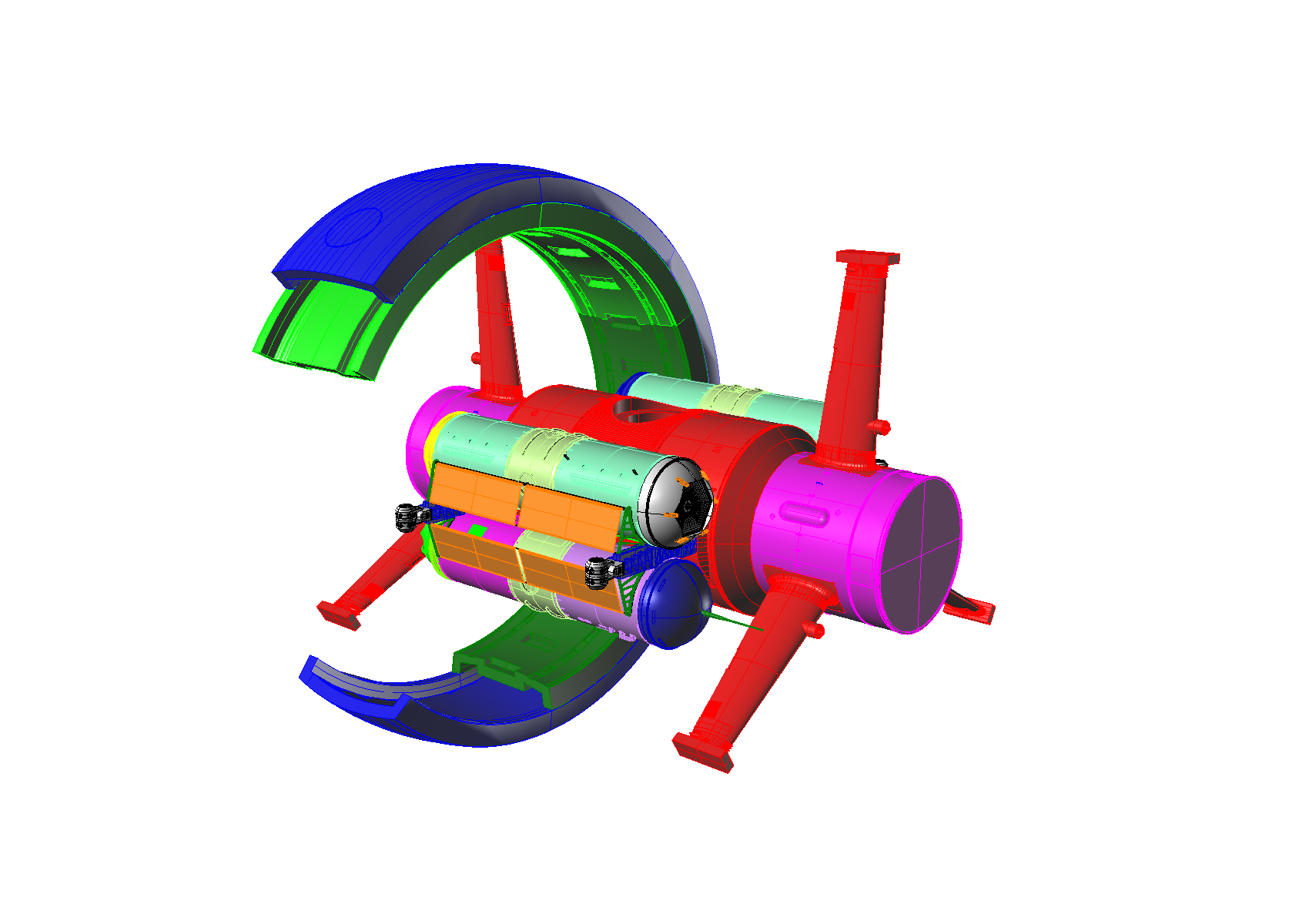A hit piece on Elon Musk and his plans for Mars:
Mars Is a Hellhole
The money quote:
Sagan did believe in sending humans to Mars to first explore and eventually live there, to ensure humanity’s very long-term survival, but he also said this: “What shall we do with Mars? There are so many examples of human misuse of the Earth that even phrasing the question chills me. If there is life on Mars, I believe we should do nothing with Mars. Mars then belongs to the Martians, even if [they] are only microbes.”
Musk, by contrast, is encouraging a feeling of entitlement to the cosmos—that we can and must colonize space, regardless of who or what might be there, all for a long-shot chance at security.
Huh. There’s a fair amount to disagree with here.
Firstly, Sagan, much as I like a lot of what he did, was wrong about the microbes. If there are Martian microbes… great, wonderful, huzzah. If they do not pose a threat to terrestrial life – and they probably wouldn’t – then the proper place for them in the future is in the Marsopolis Public Zoo And Museum. Life on Mars had its shot. The planet is dying, if not already dead; if Mars is to become a living world, it will be because humans do it. Microbes do not have rights; they certainly do not have the right to Mars that even *rabbits* do.
Now, if the author wants to get into a debate about what right to life alien microbes have, I can put her in touch with some folks who have some things to say about the right to life of human embryos.That, I suspect, would make for some entertaining debating.
Secondly, her dismissal of Musks notions about colonizing Mars: the man is right. We, especially the Western World, more especially America, *should* feel entitled to the cosmos. Whenever I hear some woke MFer tell me to “stay in my lane,” my immediate response is “Lady, I’m an American: the entire accessible universe is my lane. See you on Titan, chump!”
Everywhere we look in the heavens we see resources free for the taking. And everywhere we look – at least so far – we see no sign of those resources being owned. It’s a universe of riches and possibilities, and it is, so far as we can tell, friggen’ empty. It’s not just our right to colonize, commercialize, industrialize and exploit, it’s our responsibility. Everywhere we go for the most mundane or venal reasons, we will take along the ecosystem of Earth, or at least some fraction thereof. We will spread life throughout the cosmos.
Woke nags like this sure as hell won’t, though.
Legitimate reasons exist to feel concerned for long-term human survival, and, yes, having the ability to travel more efficiently throughout the solar system would be good. But I question anyone among the richest people in the world who sells a story of caring so much for human survival that he must send rockets into space. Someone in his position could do so many things on our little blue dot itself to help those in need.
To laugh at Sagan’s words is to miss the point entirely: There really is only one true home for us—and we’re already here.
Uhhhhhhhhhhhhgh. Do I have to trot out Tsiolkovsky?
There was only one true home for us… the Olduvai Gorge. Until it wasn’t.
And note how she seems to think that *she* should be able to tell Musk how to spend his money. How many billionaires are there on Earth who *aren’t* spending their funds on building rockets? How many middle east oil billionaires are blowing far more than Musk is on SpaceX on truly useless self-aggrandizing crap? Why isn’t the author over yonder protesting the building – often with virtual slave labor – of vast and rather silly skyscrapers in the desert, or giant artificial island complexes? Why aren’t these billionaires instead following Israeli leads and making their deserts bloom?
Nah. Easier to whine about rockets because reasons.
I truly hope that Martian colonial craft will have names like “the Cecil Rhodes” and “the Rudyard Kipling.”




